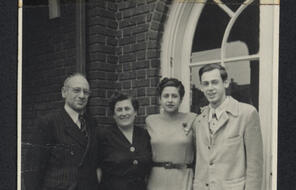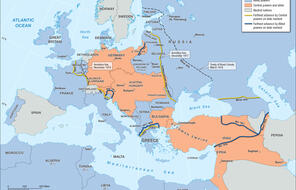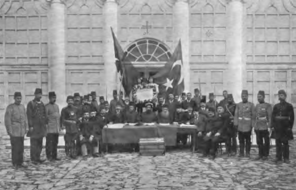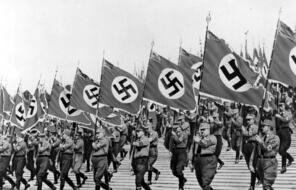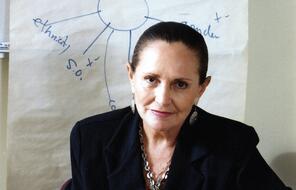The Science of Race
Subject
- Civics & Citizenship
- History
- Social Studies
Language
English — USUpdated
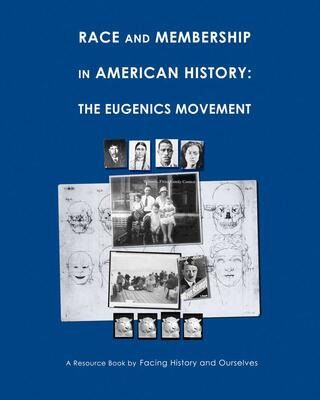
Get the Resource
Deepen your study of the development of "race science" in the United States with our resource Race and Membership in American History.
In the 1700s and early 1800s, scientists in Europe and the Americas studied “race science”—the idea that humankind is divided into separate and unequal races. They tried to explain the contradiction between the belief in human equality expressed during the American and French Revolutions and the emergence of slavery in the United States and several European countries (see reading, Who Is Human?).
Prominent scientists from many countries built upon each other’s conclusions. They included the following:
- Carolus Linnaeus, an eighteenth-century Swedish naturalist, was among the first scientists to sort and categorize human beings. He regarded humanity as a species within the animal kingdom and divided the species into four varieties: European, American, Asiatic, and African.
- Petrus Camper, an eighteenth-century Dutch professor of anatomy, believed that the ancient Greeks had come closer than other people to human perfection. He used Greek statues to establish standards of beauty and ranked human faces by how closely they resembled his ideal.
- Johann Friedrich Blumenbach, a German scientist, coined the term Caucasian in 1795 “to describe the variety of mankind that originated on the southern slopes of Mount Caucasus” along Europe’s eastern border. He claimed it was the “original” race and therefore the most “beautiful.” 1
- Samuel George Morton, an American anthropologist, theorized in the mid-1800s that intelligence is linked to brain size. After measuring a vast number of skulls from around the world, he concluded that whites have larger skulls than other races and are therefore “superior.”
The work of important scientists like Samuel Morton gave racism legitimacy. Journalists, teachers, and preachers began to popularize their findings. Historian Reginald Horsman, who studied the leading publications of the time, notes: “One did not have to read obscure books to know that the Caucasians were innately superior, and that they were responsible for civilization in the world, or to know that inferior races were destined to be overwhelmed or even to disappear.” 2
Not surprisingly, those who questioned scientists like Morton were ignored or marginalized. German professor Friedrich Tiedemann attempted to replicate Morton’s work during this period but could not reproduce the results. He also found no evidence for the racial hierarchy—a kind of racial ladder on which Caucasians always stood at the top and Africans at the bottom—that Morton had claimed to uncover. Tiedemann’s work did not attract much attention; it was largely ignored or dismissed as “unscientific.”
Frederick Douglass, a former slave and the most prominent nineteenth-century opponent of slavery in the United States, also argued against the idea that Africans are less human than Anglo-Saxons (the descendants of people who settled in England in the fifth century):
Man is distinguished from all other animals by the possession of certain definite faculties and powers, as well as by physical organization and proportions. He is the only two-handed animal on the earth—the only one that laughs, and nearly the only one that weeps. . . . Common sense itself is scarcely needed to detect the absence of manhood in a monkey, or to recognize its presence in a Negro. . . .
Frederick Douglass, a former slave and the most prominent nineteenth-century opponent of slavery in the United States.
Tried by all the usual, and all the unusual tests, whether mental, moral, physical, or psychological, the Negro is a MAN—considering him as possessing knowledge, or needing knowledge, his elevation or his degradation, his virtues, or his vices—whichever road you take, you reach the same conclusion, the Negro is a MAN. His good and his bad, his innocence and his guilt, his joys and his sorrows, proclaim his manhood in speech that all mankind practically and readily understand . . .
It is the province of prejudice to blind; and scientific writers, not less than others, write to please, as well as to instruct, and even unconsciously to themselves, (sometimes,) sacrifice what is true to what is popular. Fashion is not confined to dress; but extends to philosophy as well—and it is fashionable now, in our land, to exaggerate the differences between the Negro and the European.
Why was it “fashionable” for many white Americans to deny the humanity of Africans? Douglass explained: “The whole argument in defense of slavery becomes utterly worthless the moment the African is proved to be equally a man with the Anglo-Saxon. The temptation, therefore, to read the Negro out of the human family is exceeding strong.” 3
- 1Reginald Horsman, Race and Manifest Destiny: The Origins of American Racial Anglo-Saxonism (Cambridge, MA: Harvard University Press, 1981), 47.]
- 2Reginald Horsman, Race and Manifest Destiny: The Origins of American Racial Anglo-Saxonism (Cambridge, MA: Harvard University Press, 1981), 157.
- 3Frederick Douglas, The Claims of the Negro Ethnologically Considered: An Address Before the Literary Societies of Western Reserve College, at Commencement, July 12, 1854 (Rochester, NY: Lee, Mann & Co., 1854), 8–9.
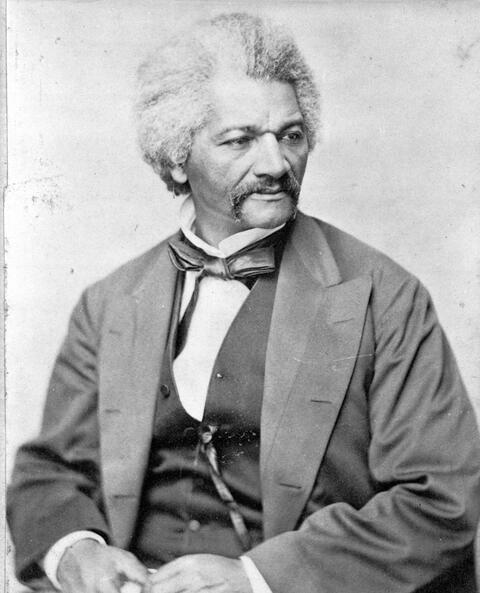
Connection Questions
- What were some of the key ideas of “race science”?
- Why might the ideas of “race science” have been appealing to so many Europeans and Americans in the eighteenth and nineteenth centuries?
- What does Douglass mean when he claims that race scientists sacrificed “what is true to what is popular”? Why is it so easy to accept and support popular ideas, even if they are incorrect, and so difficult to challenge them?
- How does Douglass explain the possible motivations of those who wanted to “read the Negro out of the human family”? What are the consequences when popular but untrue economic, political, or social ideas influence the thinking of scientists?
How to Cite This Reading
Facing History & Ourselves, “The Science of Race”, last updated August 2, 2016.





